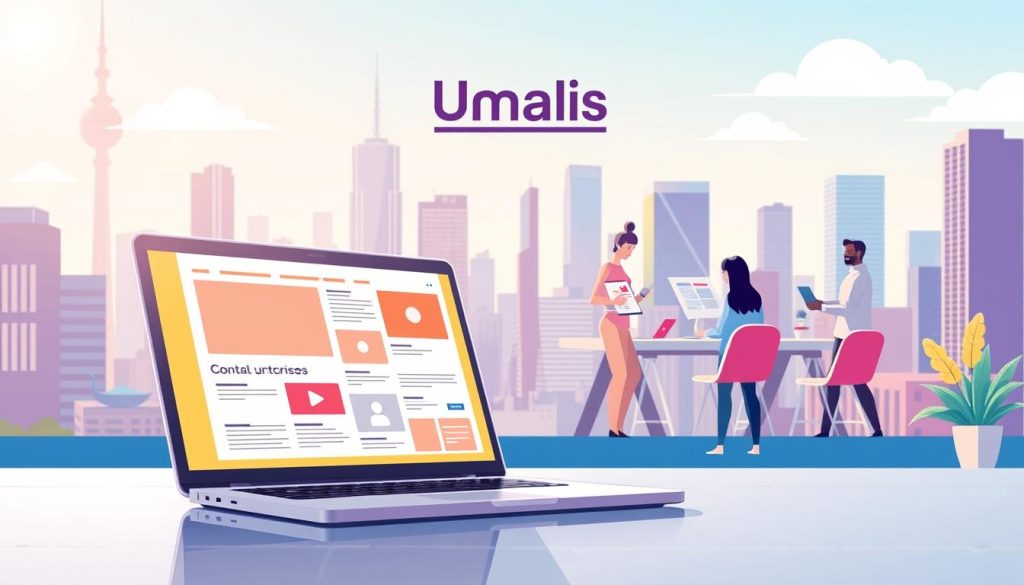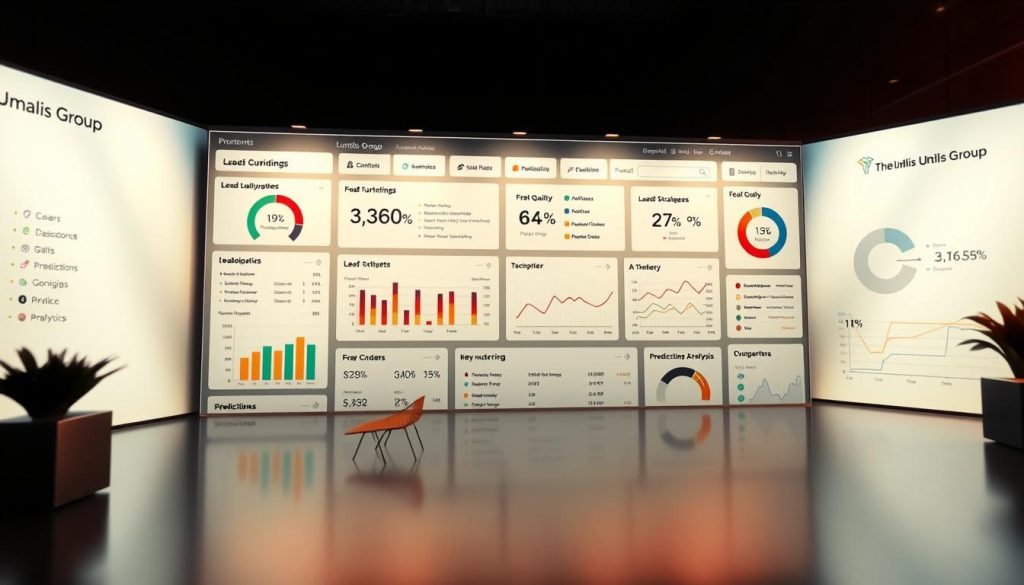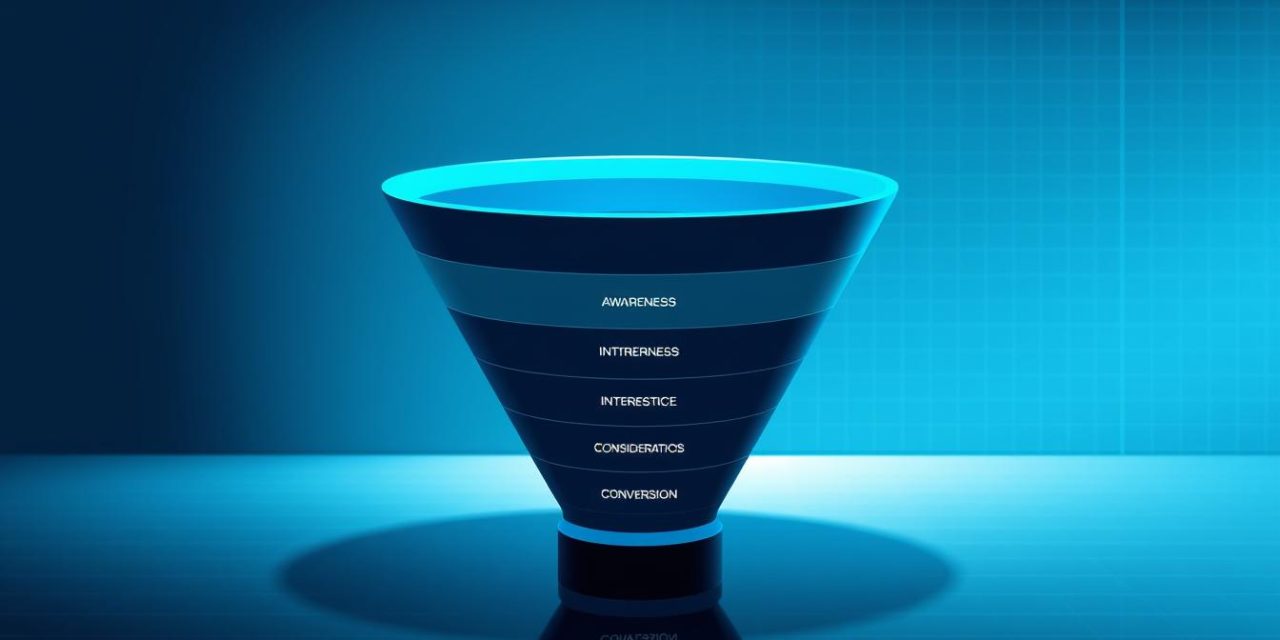Remember those early days when every client conversation felt like a high-stakes gamble? You’d pour hours into cold outreach, only to watch promising leads vanish like smoke. It’s exhausting—the feast-or-famine cycle that leaves even seasoned professionals questioning their stability. But what if there was a way to transform uncertainty into predictability?
A strategic approach to client acquisition isn’t just about numbers—it’s about creating meaningful pathways that guide potential clients from curiosity to commitment. Imagine a system where warm leads naturally progress toward solutions, nurtured by intentional touchpoints rather than aggressive pitches.
Traditional methods often miss the mark because they treat relationships as transactions. Modern professionals need frameworks that prioritize trust and value. This is where structured systems shine, replacing randomness with clarity. For instance, integrating structured referral programs can amplify trust, as 80% of consumers rely on personal recommendations.
The real power lies in consistency. By mapping each stage of the customer journey, you create opportunities to demonstrate expertise without pressure. This method reduces reliance on cold outreach and builds momentum through genuine connections.
Table of Contents
Key Takeaways
- Transform unpredictable lead generation into a reliable client progression system
- Replace transactional interactions with relationship-focused strategies
- Leverage warm leads through intentional nurturing touchpoints
- Break free from feast-or-famine cycles using measurable milestones
- Scale operations without sacrificing personalized client experiences
Understanding the Sales Funnel Concept
Many professionals mistake client acquisition for a numbers game. But what separates lasting success from constant hustle? A structured approach to guiding potential clients transforms random interactions into predictable outcomes.
Blueprint of Client Progression
The client journey maps how individuals move from initial curiosity to confident decisions. Unlike scattered outreach efforts, this strategic framework identifies where prospects are in their decision-making and delivers tailored support.
| Aspect | Traditional Approach | Strategic Framework |
|---|---|---|
| Prospect Filtering | Manual qualification | Natural self-selection |
| Timing of Engagement | Reactive responses | Early relationship-building |
| Scalability | Time-intensive | Automated nurturing |
Myths Versus Reality
One major misunderstanding? Thinking this system only benefits corporations. Independent consultants using streamlined frameworks report 3x faster client onboarding according to recent industry surveys.
Another false belief: Complexity equals effectiveness. The truth? Your system should match your operational scale. A solopreneur’s framework might involve three focused touchpoints, while agencies may require seven.
These principles create self-sustaining momentum. When properly implemented, your conversion process works continuously—educating prospects while you focus on delivering exceptional service.
Why the Sales Funnel Matters for Business Growth

Imagine knowing exactly what your prospects need before they ask. Structured client pathways turn guesswork into precision, guiding professionals toward sustainable growth. This approach doesn’t just attract leads—it builds relationships that convert.
Impact on Lead Generation and Conversions
Traditional methods often leave gaps between attracting interest and closing deals. A well-designed system bridges these gaps by aligning your messaging with your audience’s emotional journey. For example, 92% of buyers trust recommendations from peers—a principle leveraged in effective nurturing sequences.
By mapping touchpoints to decision-making stages, you create clarity for both parties. Prospects receive tailored resources addressing their specific hesitations. You gain actionable insights to refine your offers. This dual benefit transforms sporadic inquiries into predictable progress.
Consider how systematic lead generation reduces reliance on chance encounters. Automated nurturing identifies high-potential contacts early, allowing focused energy on those ready to commit. The result? Shorter decision cycles and stronger client relationships.
Data-driven adjustments further amplify results. Tracking engagement patterns reveals which content resonates at critical moments—like pricing transparency during comparison phases. These insights empower continuous optimization, turning every interaction into a growth opportunity.
The Fundamentals of the Sales Funnel Process
Navigating client relationships requires more than intuition—it demands a clear roadmap. This systematic approach transforms casual inquiries into committed partnerships through defined phases. Let’s explore how structured progression benefits both businesses and their audiences.
Overview of Funnel Stages
Every successful client journey follows six milestones. These steps guide individuals from initial discovery to long-term collaboration:
| Stage | Purpose | Key Actions |
|---|---|---|
| Awareness | Introduce expertise | Educational content |
| Interest | Spark curiosity | Targeted resources |
| Evaluation | Address concerns | Case studies |
| Engagement | Build trust | Personalized outreach |
| Action | Simplify decisions | Streamlined offers |
| Retention | Encourage loyalty | Ongoing support |
How Prospects Move Through the Funnel
Movement between stages isn’t random—it’s driven by strategic nurturing. At each phase, prospects seek specific information to advance. For example, comparison guides during evaluation phases reduce decision paralysis by 47% according to recent marketing studies.
Timing matters. Sending detailed pricing too early overwhelms newcomers. Offering free consultations too late misses conversion windows. Aligning touchpoints with readiness levels creates seamless transitions.
Key Metrics to Monitor
Measure progress using stage-specific indicators. This data reveals where prospects stall and where relationships strengthen:
| Phase | Critical Metrics | Optimization Focus |
|---|---|---|
| Awareness | Website traffic | Content relevance |
| Interest | Email open rates | Subject line clarity |
| Evaluation | Demo requests | Objection handling |
| Engagement | Meeting attendance | Scheduling ease |
| Action | Conversion rate | Checkout simplicity |
| Retention | Repeat purchases | Support response time |
By tracking these markers, you gain actionable insights to refine each step. Adjustments become precise rather than guesswork, creating a self-improving system.
Building Awareness at the Top of the Funnel

Think about the last time you discovered a resource that solved a problem you didn’t even know you had. That’s the power of strategic awareness-building—positioning your expertise where your target audience actively seeks answers. This phase isn’t about hard selling. It’s about becoming the trusted voice they remember when ready to act.
Content Marketing and Social Media Tactics
Effective content marketing starts with addressing specific challenges your audience faces. For example, a tax consultant might publish « 5 Common Deductions Freelancers Overlook » instead of generic financial advice. This approach builds credibility while naturally incorporating search-friendly keywords.
Platforms like LinkedIn and Instagram aren’t just broadcast channels—they’re relationship accelerators. Sharing client success stories or quick tips through proven social media techniques creates authentic connections. One study shows posts with educational content receive 3x more shares than promotional material.
Creating Engaging Lead Magnets
Your lead magnet should offer immediate value while aligning with broader goals. A web designer might provide a « Mobile-Friendly Checklist » instead of a generic e-book. This specificity attracts serious prospects and filters casual browsers.
Consider these elements for high-converting resources:
- Solve one specific problem in under 15 minutes
- Use visuals to simplify complex concepts
- Include clear next steps (e.g., « Book a free audit »)
Track which assets generate the most sign-ups. Refine based on what your target audience truly values—not what you assume they want. Over time, this library becomes a self-sustaining awareness engine.
Engaging Prospects through Effective Content
Have you ever wondered why some emails get opened while others get ignored? The answer lies in strategic communication that respects your audience’s time while delivering genuine value. Let’s explore how intentional email practices build lasting professional relationships.
Email Marketing and Personalized Outreach
Not all email campaigns work the same. Inbound strategies focus on prospects who’ve already shown interest—like those who downloaded your guide or joined your newsletter. These contacts are 3x more likely to convert than cold leads, according to recent marketing studies.
| Campaign Type | Audience Readiness | Optimal Frequency | Conversion Potential |
|---|---|---|---|
| Inbound | Warm leads | 1-2/week | High |
| Outbound | Cold contacts | 1/month | Moderate |
Personalization drives results. Segment your list based on behavior—like which resources prospects downloaded. A freelancer interested in tax tips might receive case studies about financial planning, while someone who attended your webinar gets advanced strategies.
Automated sequences maintain engagement without manual effort. For example, a three-email series could:
- Share a relevant success story
- Address common objections
- Offer a low-risk next step
Track open rates and click-throughs to refine your approach. When done right, emails become anticipated resources rather than interruptions—strengthening trust at every stage.
Evaluating and Qualifying Leads

How much time do professionals waste chasing leads that never convert? Nearly 20% of teams report poor lead quality as their top challenge. Strategic qualification separates promising opportunities from dead ends—saving time while boosting conversion rates.
Lead Scoring Techniques
Effective systems rank prospects using behavioral signals and demographic alignment. Assign points for actions like:
- Downloading pricing guides (+15)
- Attending webinars (+20)
- Revisiting service pages (+10)
| Criteria | Weight | Data Sources |
|---|---|---|
| Job Title Match | 30% | LinkedIn, Forms |
| Content Engagement | 45% | Email, Website |
| Response Time | 25% | CRM Logs |
Automated tools flag high-scoring leads for immediate follow-up. Others enter nurturing sequences until they meet threshold scores.
Qualifying Prospects with Data Insights
Track interactions across channels to gauge intent. A prospect researching « project management for remote teams » three times in a week signals urgency. Compare this to someone casually browsing blog posts.
Use analytics to answer:
- Which resources do qualified leads consume first?
- How long do they stay in decision phases?
- What objections delay their progress?
This approach identifies who needs personalized attention versus automated education. It transforms raw data into actionable insights, letting you focus energy where it matters most.
Sales Funnel Strategies for B2B and B2C
Choosing the right path for client acquisition depends on understanding who you’re guiding—individual consumers or decision-making teams. While both models aim to build relationships, their journeys demand distinct approaches to match audience needs.
Differences in Sales Marketing Approaches
B2B strategies often involve layered processes. A SaaS company targeting corporate clients might use LinkedIn ads to reach executives, followed by whitepapers addressing team challenges. Decision-makers typically require detailed ROI analysis and multiple approvals.
In contrast, B2C campaigns focus on emotional triggers. A mountain bike brand could deploy Instagram reels showcasing adventure, paired with limited-time discounts. Here, purchases hinge on personal preferences rather than committee consensus.
Real-World Examples and Case Studies
Consider a marketing automation platform targeting mid-sized businesses. Their framework includes free toolkits to demonstrate value, followed by personalized demo requests. This nurtures trust while educating buyer committees over weeks.
For direct-to-consumer brands, urgency drives action. An outdoor gear retailer might offer early-bird pricing for email subscribers. Nurture sequences then highlight product benefits through customer stories and unboxing videos.
These examples reveal a core truth: successful systems adapt to audience complexity. Whether guiding individuals or organizations, clarity and relevance remain non-negotiable.
FAQ
How do B2B and B2C strategies differ in conversion processes?
B2B strategies prioritize relationship-building and longer decision cycles, often using platforms like LinkedIn or Salesforce for personalized outreach. B2C focuses on emotional triggers and quick actions, leveraging platforms like Instagram or TikTok with time-sensitive offers from brands like Nike or Glossier.
What content formats drive top-of-funnel engagement effectively?
Educational blog posts, infographics, and short-form videos perform well. For example, HubSpot uses downloadable templates to capture leads, while Adobe’s tutorials on YouTube build brand authority during the awareness phase.
Why is lead scoring vital for service-based businesses?
It identifies high-potential clients by analyzing behavior patterns and demographic data. Tools like Pipedrive or Zoho CRM help freelancers prioritize prospects most likely to convert, reducing wasted effort on unqualified leads.
Which metrics matter most for independent consultants?
Track click-through rates on emails, landing page conversions, and client acquisition costs. Platforms like Google Analytics and Mailchimp provide actionable insights to refine outreach efforts and improve ROI.
How can email sequences boost mid-funnel results?
Targeted nurture campaigns with case studies or testimonials address specific pain points. For instance, ConvertKit’s automated workflows help creators showcase success stories, building trust before pitching premium services.
What role does social proof play in closing deals?
Client reviews and portfolio showcases reduce perceived risk. Platforms like Clutch.co or LinkedIn endorsements act as third-party validation, similar to how Upwork freelancers use star ratings to secure projects.





